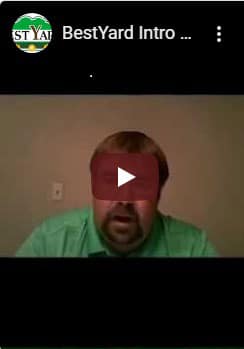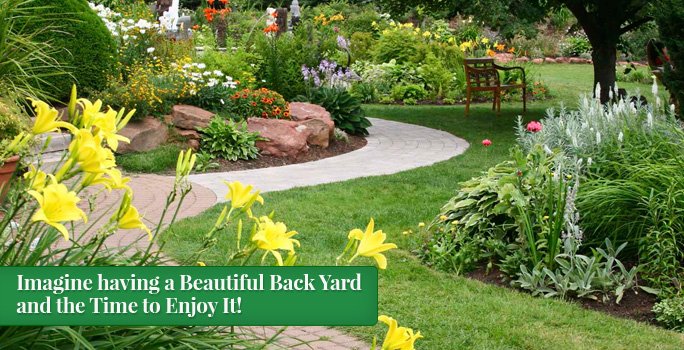
The Front Range continues to experience drought conditions. To avoid winter drought stress, we need to water our landscapes. Drought stress can dehydrate roots. Freeze damage can leave plants vulnerable to insects or other stressors later. Stressed lawns can attract pests like turf mites. By the time summer heat returns, your plants may no longer be strong enough to survive.
Warm days during fall and winter dry out plants and roots. Supplemental watering during dry spells in the fall and winter can keep plants healthy enough to move on and deal with the next stress factor more successfully. Here are some tips for successful cold-season watering:
- If you check the soil and it is dry down to about 3 inches deep, then you should apply supplemental water to the lawn, trees and other plants.
- As long as daytime temps are above freezing and the soil is not frozen, plants can be watered.
- It’s best to water trees with a deep root watering device attached to the hose so that water gets deeper into the soil where roots live. A landscape or tree professional can help you with this.
Run the hose with a sprinkler attached to water the lawn. Just as you should do in the summer, use a cycle-and-soak approach to give the lawn a long, slow drink that it can absorb.
Click “DO IT FOR ME” to request a FREE quote.

Source: customer-service@bestyard.com in collaboration with Associated Landscape Contractors of Colorado

























